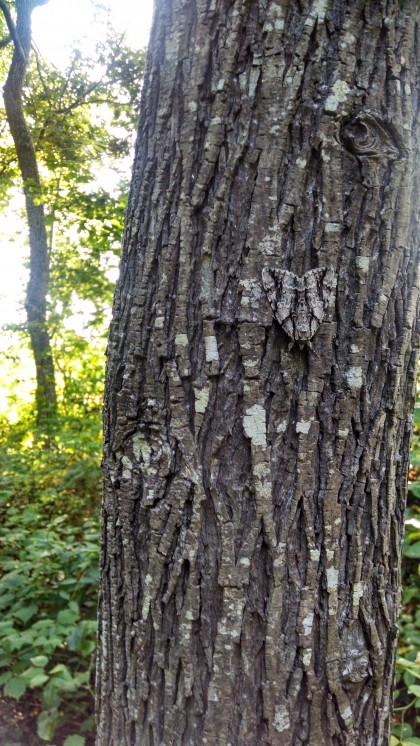
The more you learn about nature, the more there is to look forward to.
On the natural history calendar there is always something to be excited about at any season and under any conditions.
For example, what about the hottest days of the year? In the humid eastern U.S. when the temperature rises into the high 90s F, What could drag a person into the woods?
Until recently, in my mind, nothing! Birds are generally quiet during such times, as are most other things, besides insects.
So insects it is. On these hottest days of the year, one of the most sought-after groups of moths becomes accessible during daylight hours: The Catocala Underwing moths.
The diversity*, large size and flashy wing markings Of Catocala have made them a favorite of lepidopterists and moth watchers.
*110 species in North America with several that still need to be named.
Thanks to friend and Catocala expert Dale Schweitzer, I have been introduced to an esoteric new field activity and now have a reason to look forward to heat waves…
Tree whacking for Catocala!
These moths rest on tree trunks during daylight hours and their forewings are perfectly camouflaged to match tree bark. They perch with their heads facing down and their bodies flattened against the tree. One study found that the head down posture makes their camouflage more effective.
Their boldly marked hindwings, on the other hand, are believed to represent Plan B.
If a predator happens to stumble on a resting moth and flushes it, the sudden burst of red, black or orange color might startle the blue jay or flying squirrel just long enough to allow time for the moth to get away.
To test your own startle response, go whack a tree in the shady woods on the next hot day.
Tree whacking is simply a way to get these camoflaged moths up and flying. It tends to work best on the hottest days because the moths are closer to ground level and they are more likely to flush upon a tree whack.
Here’s a demonstration video of a moth we found resting on a hickory:
It’s always fun to first test your ability to find resting moths before whacking the tree to get photographs of them in a natural position.
Once you unleash a whack (with the golf club, baseball bat or hickory switch of your choice), you have to keep your eyes wide open to A) detect the flush and B) track the moth’s flight to its destination.
Catocala usually only fly a short or medium distance and then land on another tree. They sometimes duck around the far side of a tree to land out of view. They also sometimes make false landings, ping ponging off one tree and landing on the next.
Once you mark a moth’s landing spot you can usually approach close enough to get binoculars on them or take photos for ID.
There are always surprises. For example, Catocala lacrymosa only turned up in New Jersey some time in the last few years, expanding its range from the south.
Below are photos of a few species encountered during the last little heat wave in September in Cape May. All of these were photographed post-flush, so they are facing odd angles. It usually takes them a little while to settle back into head-down mode.